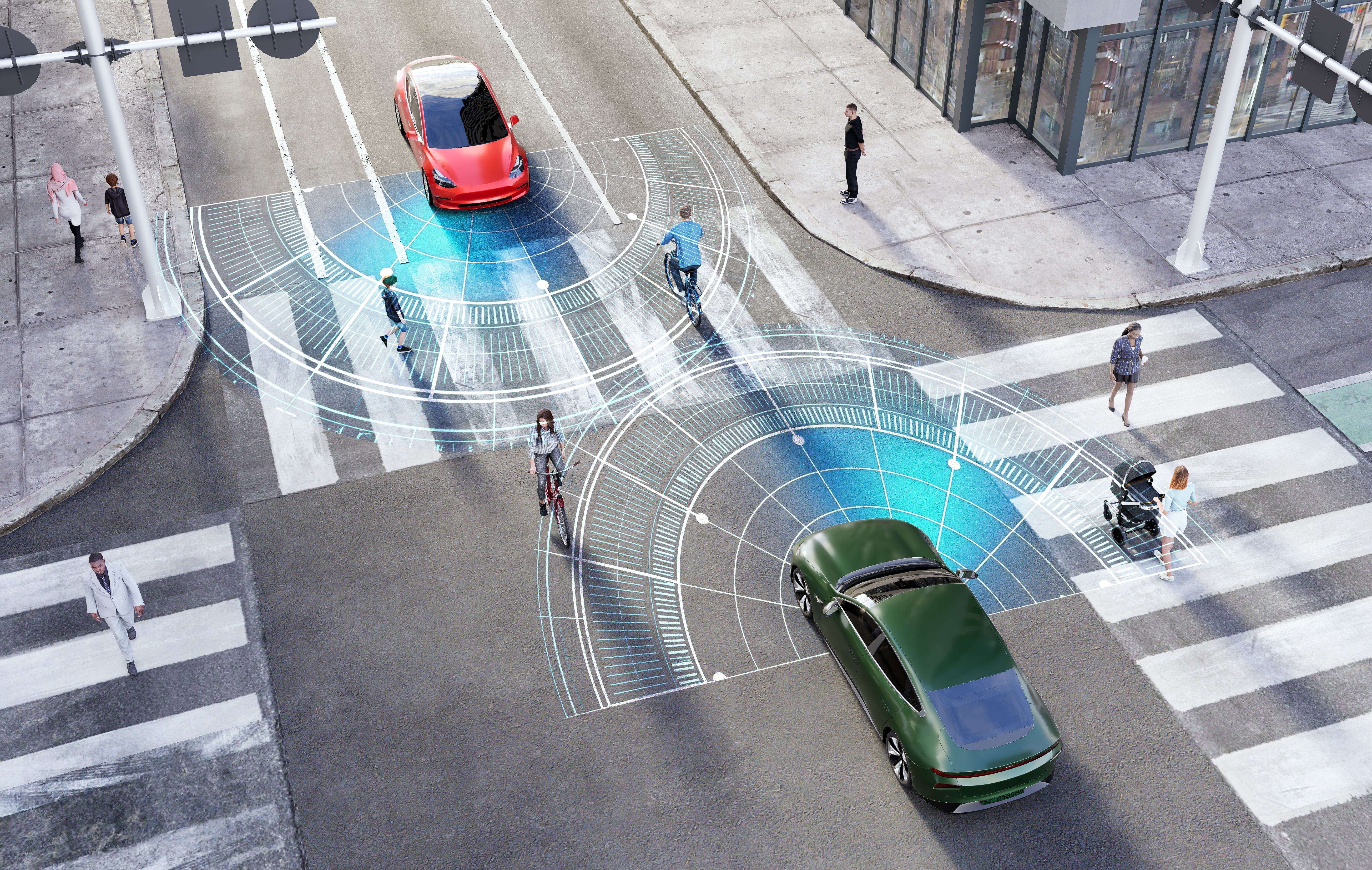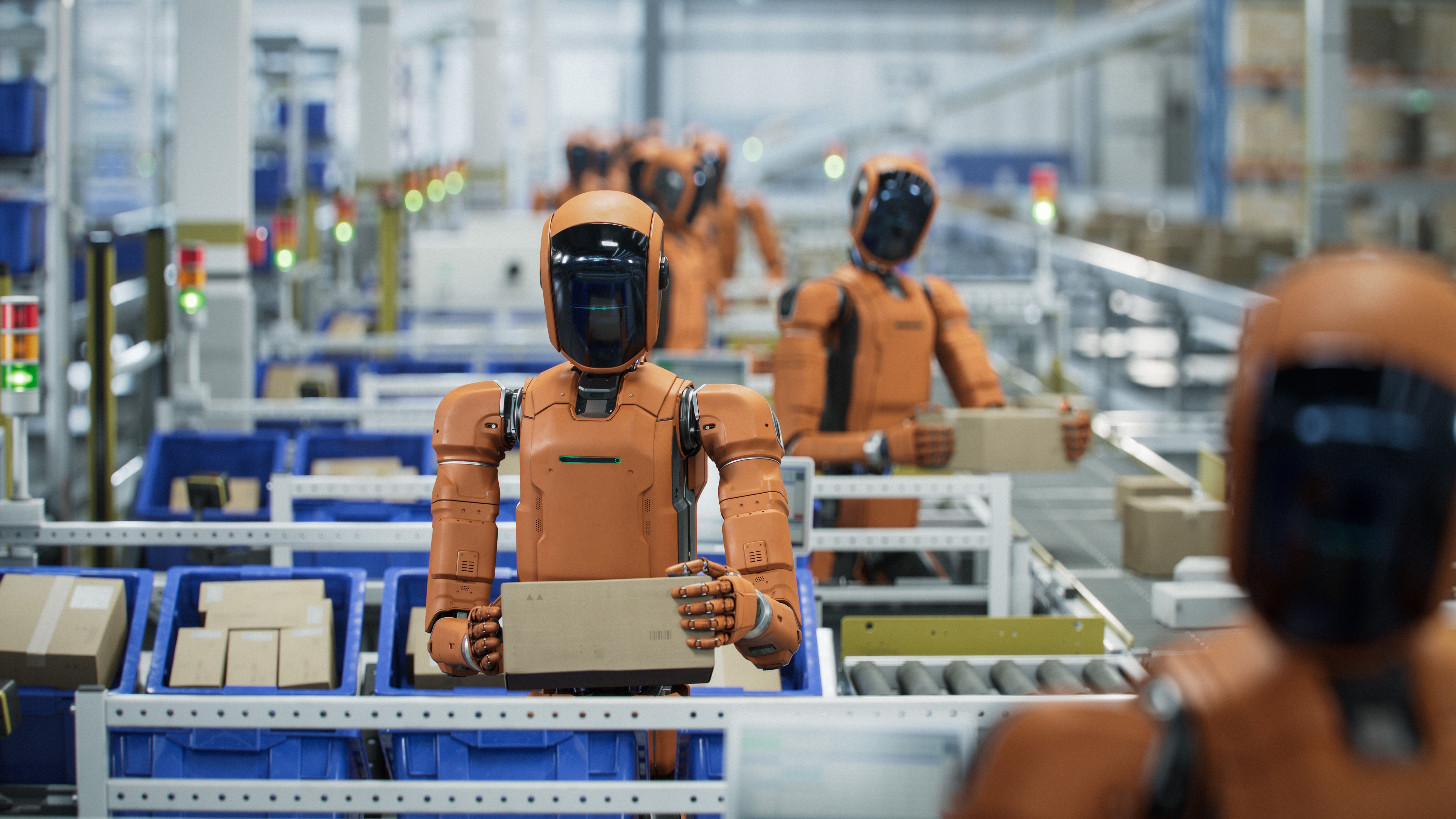The Role of Technology in Health and Safety
The Evolution of Technology in Health and Safety
In today's rapidly evolving world, technology plays a pivotal role in enhancing health and safety across various sectors. From construction sites to corporate offices, innovative solutions are being implemented to reduce risks and ensure the well-being of individuals. This transformation is not just about adopting new tools but also about creating safer and more efficient environments.

Wearable Technology: A Game Changer
Wearable technology, such as smart helmets and health monitors, is revolutionizing workplace safety. These gadgets provide real-time data, allowing for immediate responses to potential hazards. For instance, smart helmets can detect fatigue, while health monitors can track vital signs, ensuring workers are in optimal condition to perform their duties.
Moreover, these devices can be integrated with mobile apps, providing employers with access to comprehensive health reports. This not only aids in preventing accidents but also promotes a culture of health awareness among employees.
Automation and Robotics in Risky Environments
Automation and robotics have become integral to industries that involve high-risk tasks. Drones, for example, are used for inspections in hazardous areas, reducing the need for human presence in potentially dangerous situations. Similarly, robots are employed in tasks such as handling toxic materials or performing repetitive and strenuous activities.

The use of these technologies minimizes human exposure to risks, significantly lowering the chances of accidents and injuries. It also allows for efficient resource allocation, as human workers can focus on tasks that require more critical thinking and problem-solving skills.
Data Analytics and Predictive Safety
Data analytics is transforming the way organizations approach health and safety. By collecting and analyzing data from various sources, companies can identify patterns and predict potential safety issues. Predictive analytics allows for proactive measures, preventing incidents before they occur.
This data-driven approach not only improves safety measures but also enhances productivity by minimizing downtime caused by accidents. Companies can make informed decisions that lead to a safer and more efficient workplace.

Virtual Reality Training Programs
Virtual reality (VR) is increasingly being used for training purposes, offering immersive experiences that prepare employees for real-world scenarios. VR can simulate dangerous situations, allowing individuals to practice responses without the associated risks.
This method of training is particularly beneficial in industries such as firefighting, construction, and healthcare, where quick decision-making is crucial. VR provides a safe environment for developing skills and building confidence in handling emergencies.
The Future of Health and Safety Technology
As technology continues to advance, the potential for further innovations in health and safety is immense. The integration of artificial intelligence and machine learning could lead to even more sophisticated systems capable of predicting and mitigating risks with unprecedented accuracy.
Ultimately, the role of technology in health and safety is to create environments where individuals can work and live without fear of harm. By embracing these advancements, organizations are not only protecting their workforce but also fostering a culture of care and responsibility.